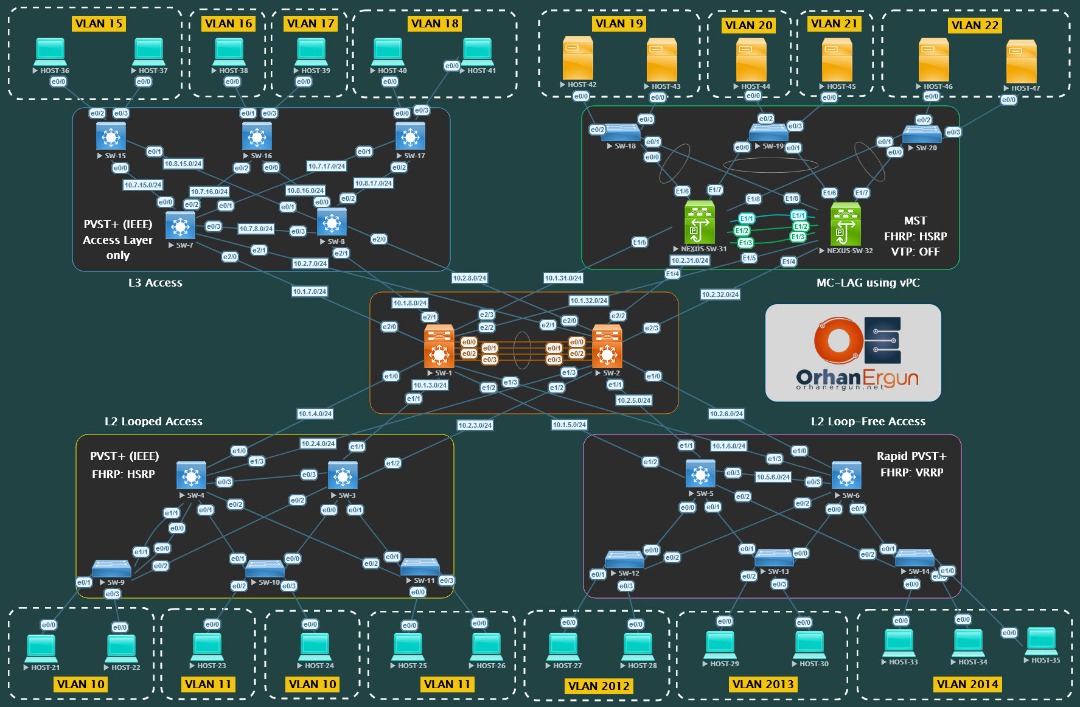Storm Control vs. Quality of Service (QoS): What's the Difference?
August 25, 2024
10 min read
Mike Schule
Related Courses
Enhance your knowledge with these recommended courses

Layer 2 Network Design Training
Layer 2 Network Design Training is a comprehensive course that will teach you how to design, implement, and troubleshoot Layer 2 networks.
$49
View CourseBecome an Instructor
Share your knowledge and expertise. Join our community of instructors and help others learn.
Apply Now
About the Author
Mike Schule
Hi I'm Mike, I've been working for 7 years as a Network Engineer. I'm trying to reach readers who interested in this industry through my blogs.
Share this Article
Subscribe for Exclusive Deals & Promotions
Stay informed about special discounts, limited-time offers, and promotional campaigns. Be the first to know when we launch new deals!